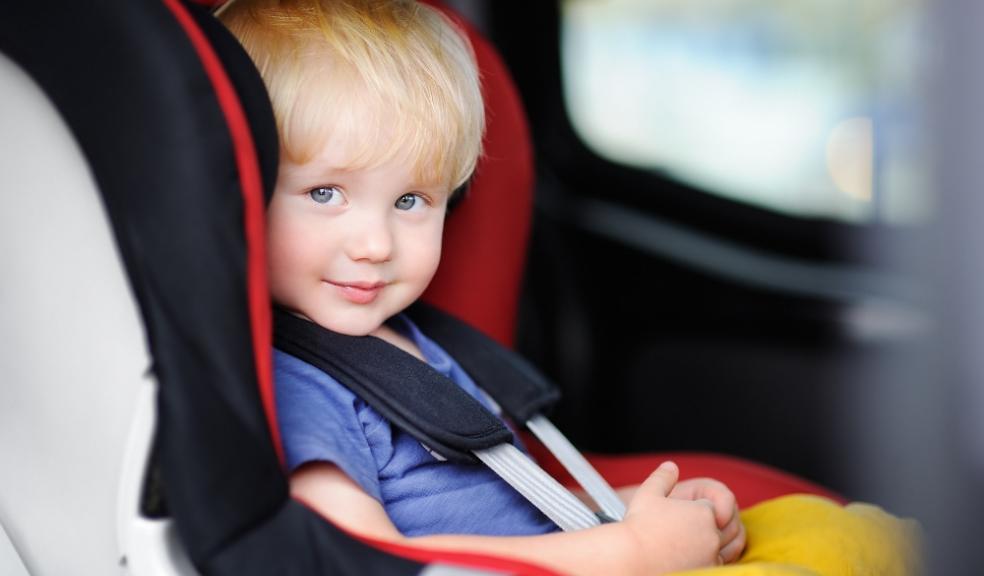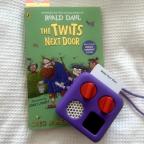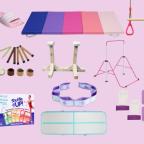
The laws, dos and don’ts around children’s car seats
The laws, dos and don’ts around children’s car seats
Written by Joel Kempson, Personal Finance Writer
With summer coming and the world starting to re-open, family trips are finally on the horizon. Squeezing all your luggage into the car and strapping in the kids ready for a getaway is always an exciting, albeit slightly stressful experience for parents. And it’s important you know the rules to ensure the safety of you and your children.
To help ensure you’re ready for a getaway, here’s everything you need to know about travelling with children in the car.
When should your child use a car seat?
In most cases, your child should use a car seat when travelling until they are 12 years old or 135cm (approx. 4ft 5 inches) tall – whichever comes first. They must also ride in the back seat until this time to ensure their safety. Once a child reaches 135cm or 12 years old, they can legally ride in the front seat.
There are exceptions to this rule. It is legal for a 3-year-old child to travel in the backseat without a car seat if there is not one available – such as if you are using a taxi or a coach, or in the case of an emergency. Despite these exceptions, it is very much encouraged to use a car seat if it is possible to do so.
The type of car seat matters
Car seats are designed for your child’s height or weight, and as your child grows, you may need to change seats to fit their size.
Height-based seats are referred to as ‘i-Size’ seats. These seats must be rear facing until your child is 15 months old. Weight-based seats come in different groups to accommodate the different weights of a growing child. Group one starts at 0kg-10kg and ends with group three covering children 22kg-36kg. Whether you have an i-Size seat or a weight-based seat, it’s essential to check it is suitable for your child’s height and weight for their safety.
It is often recommended to avoid buying a child’s car seat online, instead you could visit a store with your child and test out seats to ensure they fit comfortably. While you’re there, take advantage of the staff who have the correct knowledge on the types of seats that will be best for your child to help you make an informed decision. Also, be aware that any seat purchased must have the ‘E’ symbol as this is proof that the seat meets regulations.
Fitting a car seat
It is important only to fit a car seat if there is a diagonal seat belt available to use, or if the seat has been specifically designed for use with a lap strap, or if it has anchor points. When fitting a seat, make sure you listen for the clicks that highlight it has been properly secured. It’s also worth checking for any movement before setting off on a journey.
Once the seat is fitted and they are in place there should be room for two fingers between the harness and your child’s chest. The buckle should never be positioned over your child’s stomach.
Keep in mind that your child’s seat must be reclined at an appropriate angle. The recline angle should be so your child’s head does not fall forward and restrict their airways, but not too much that their neck is at risk in case of a crash. There should be a recline indicator on the seat to help you when fitting.
Seats will come with the manufacturer’s guides, so always refer to these when fitting. As your child grows, be sure to monitor how your child fits in their seat as you may need to adjust and purchase a larger seat as time goes on.
Other tips for a safe and happy journey
Perhaps more for your sake, we advise taking plenty of sources of entertainment in the shape of toys, games and videos that will keep your child entertained when on a long journey. But of course, bear in mind that they must be stored away safely and not left loose when not in use. Many people hang toys from their child’s carrier, but these are potential projectiles in the case of a crash, so it is always better to tuck them away when not in use.
The safest spot for your child in a car is the middle rear seat, as this will avoid impact from the sides or seats in front in the case of a crash.
And lastly, never try to adjust the car seat while moving. Ensure your child's car seat is set up correctly before the start of the journey, especially if you regularly switch between more than one family car, which our multi car insurance policies are great for. Should you notice it is not secured, be sure to pull over in a safe spot and make the necessary adjustments while stationary.
Joel Kempson, Car Insurance Expert at Uswitch, said:
“There’s no cargo more precious than children, so you really can’t take too many precautions when it comes to their car safety. It can be tempting on short journeys to bypass car seats, but anything can happen at any time.
Parents and guardians should always follow the laws and rules and ensure they are prepared. As well as risking their children’s safety, if you’re caught driving with a child without having a seatbelt or child seat in place, you could face a £500 on-the-spot fine.”
Cover photo By SbytovaMN on Canva














